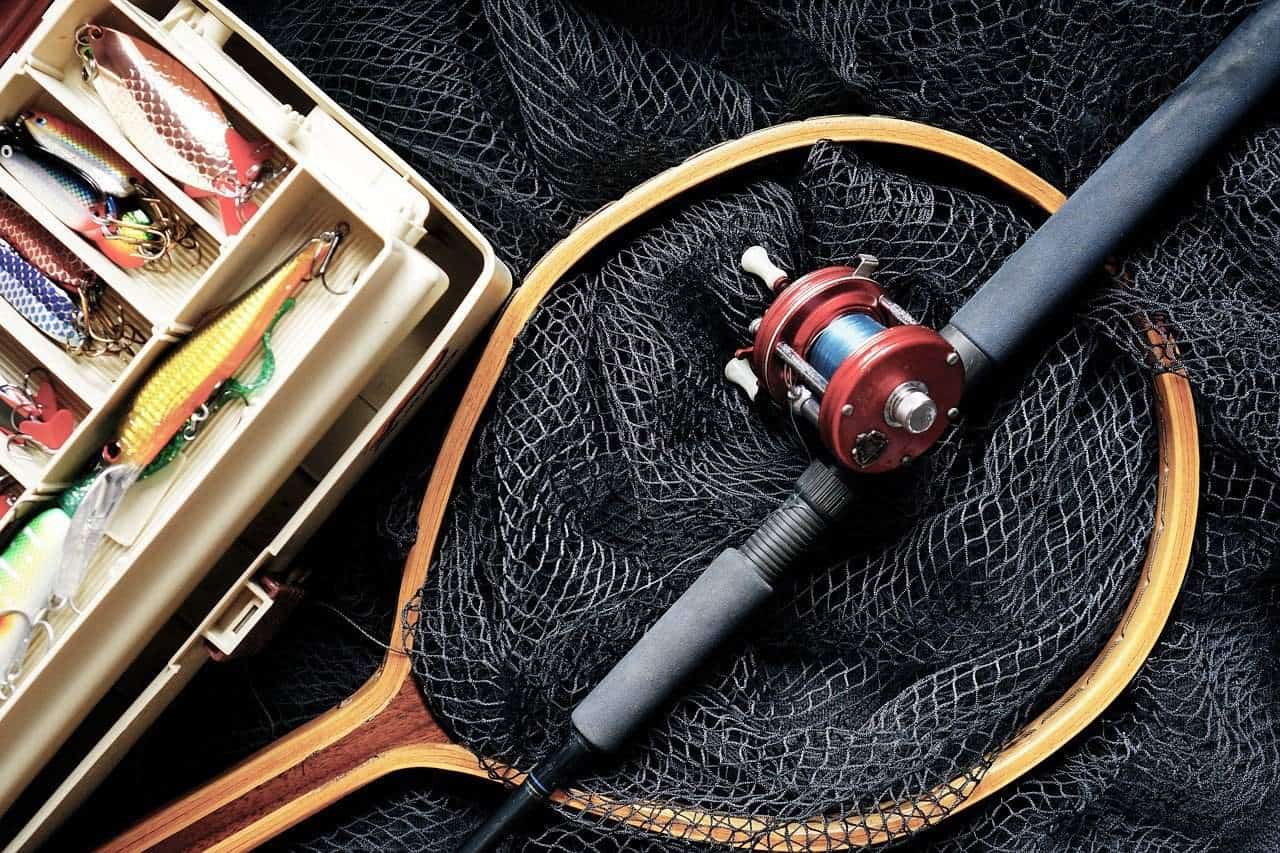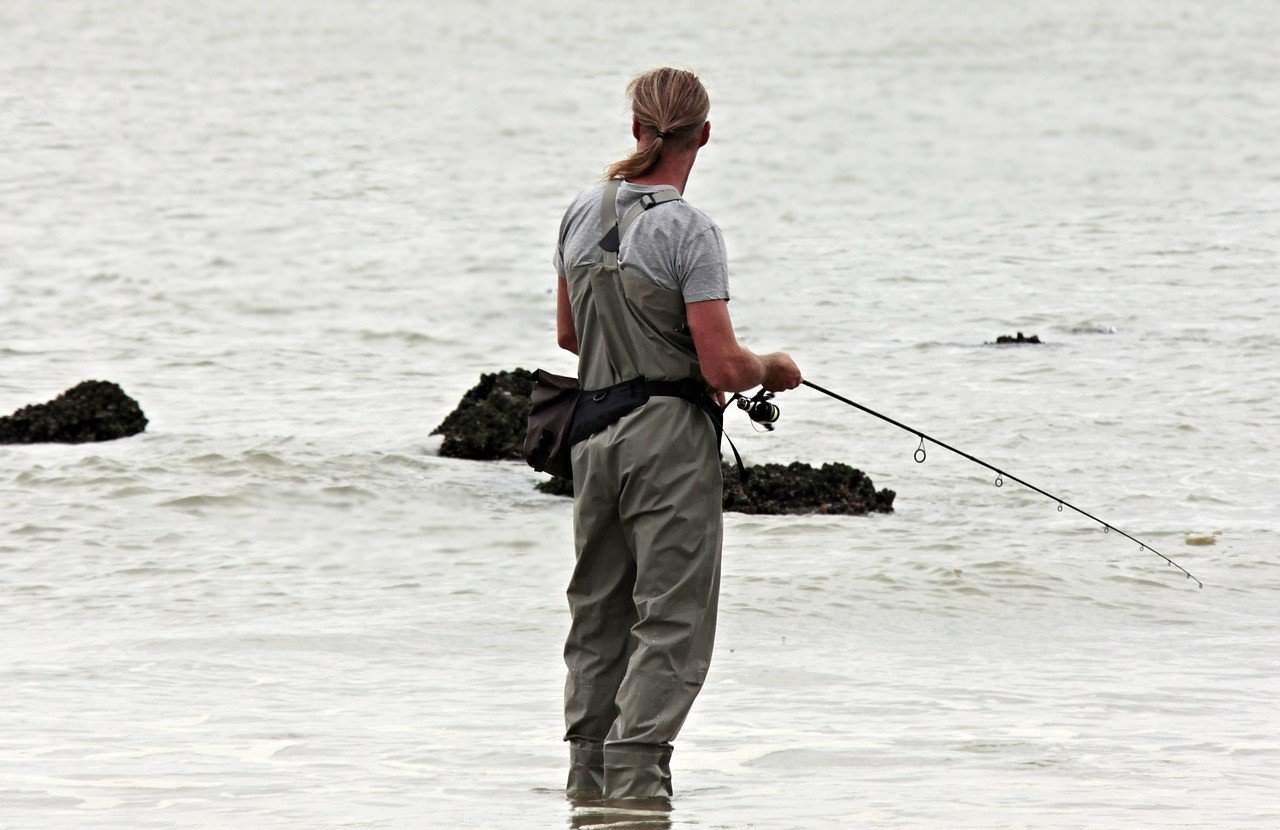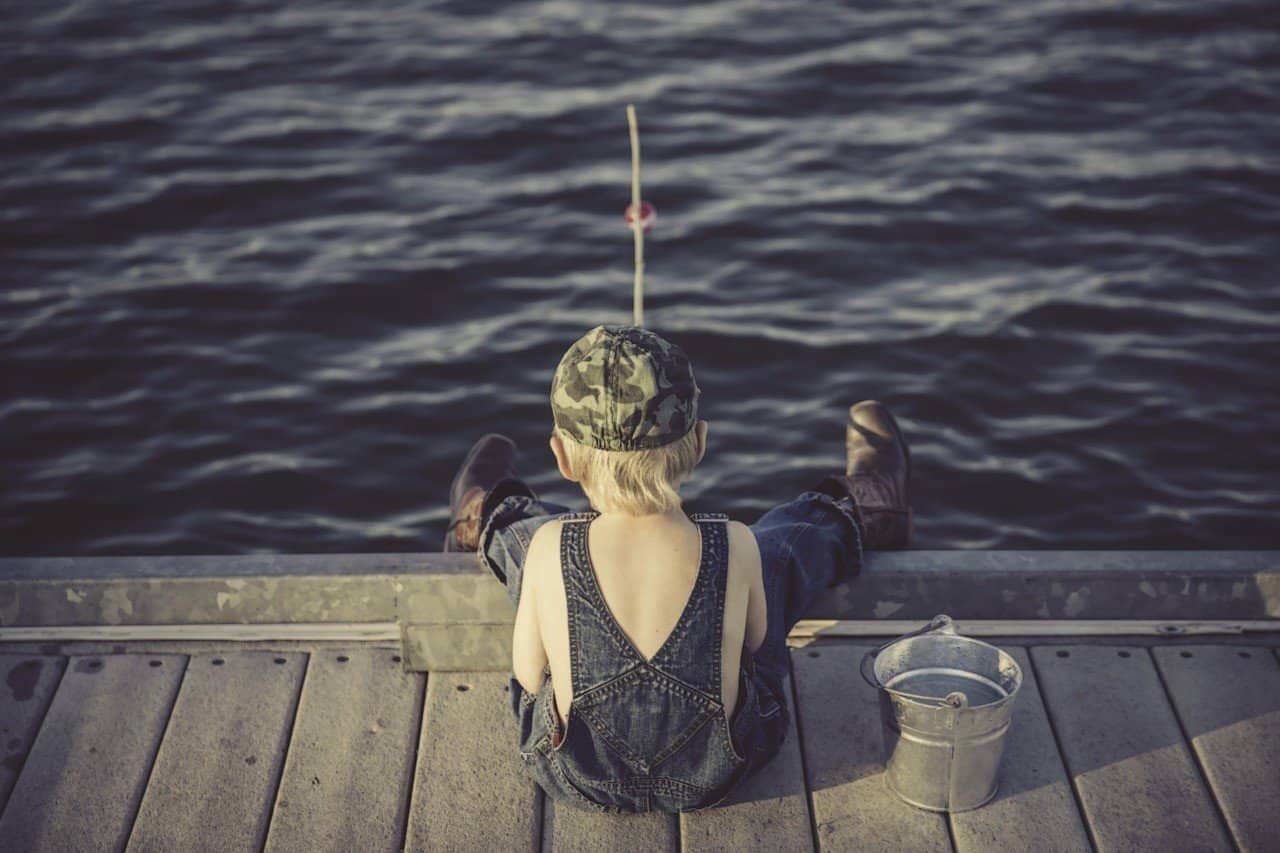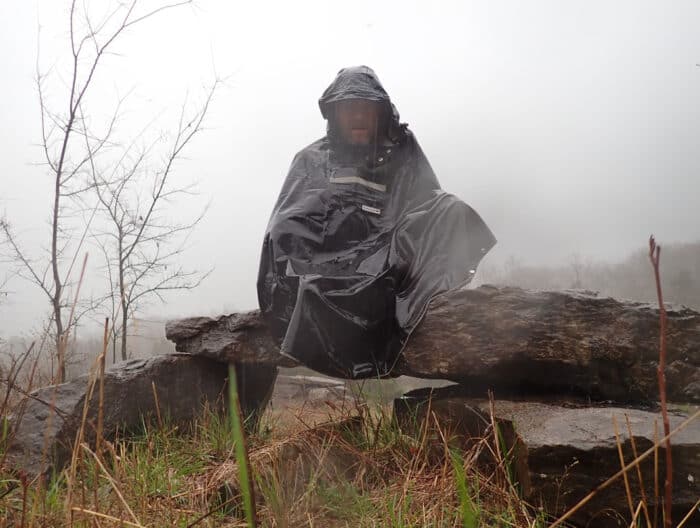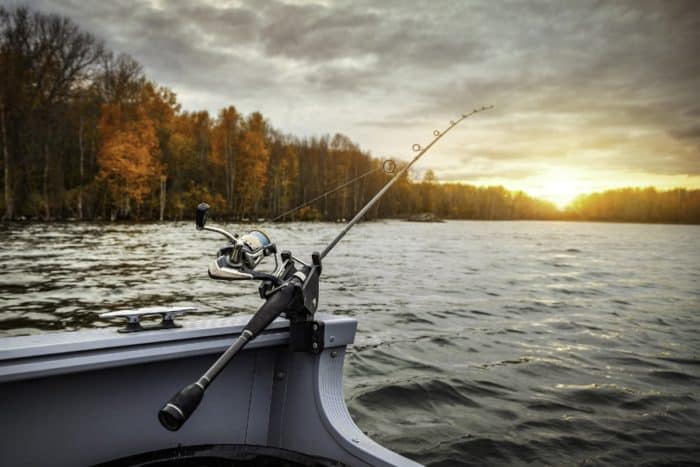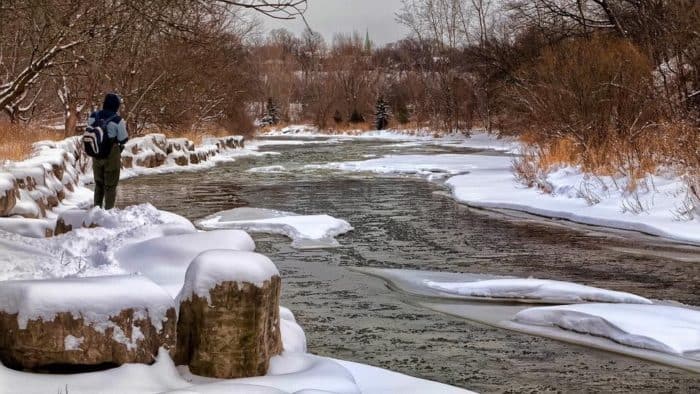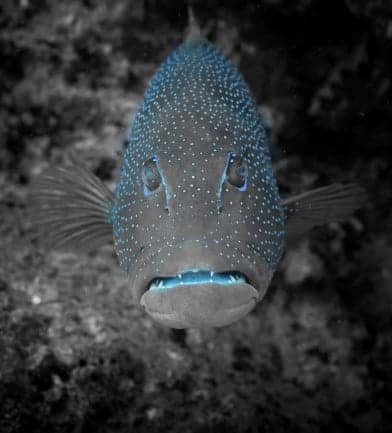How to Fish – A Beginners Guide
Have you ever wondered what the fuss is all about? Why billions of people across the globe go fishing every now and again? After all, they could just walk into the nearest fish market and buy some of the best and freshest fillets around? Why, then, would someone take the time to learn how to fish, spend hours on end sitting out there in his/her boat and maybe even end up not catching anything?
The simple truth – it’s a heck of a lot of fun. Besides, it’s a skill that could very well save your life someday. As the old saying goes, “give a man a fish, and you feed him for a day; teach him how to fish, and you feed him for a lifetime.”
Fishing is a valuable skill and learning how to do it is fun and a good way to add a new bonding activity for you and the family.
That being said, it’s still a skill – and learning how to fish takes some…well, learning!
The best way to do this is to take the time to learn:
- What fishing gear you need
- How to use that fishing gear
- The best fishing spots
- How to actually fish
- How to clean the fish that you catch
And maybe even how to cook the fish. Once you have all this figured out, you can take on more fancy lessons like learning how different fish such as trout taste like; compile a list of the best-tasting fish and start going after them specifically. But we get ahead of ourselves.
Today, let’s take it one step a time. Let’s start by learning how to fish.
Fishing Checklist for Beginners
Just as it is in school, before you embark on learning any new skill, you need to first learn what you will need to learn and master it. Here is a simple yet quite comprehensive fishing checklist for beginners. The things that you will need to get started:
Once you have checked off every single one of these items on the list and then some, you will find that you have slowly become a much more efficient angler. The thing about fishing is that it’s not exactly something you have to master in one day.
You can’t master it in one day. It takes experience. This is mostly because the fishing situations, locations, and targets change, and with that comes a whole new set of skills.
For example, fishing from the pier is exceptionally different than fishing when miles offshore. The same thing applies to fishing in a lake, a river, freshwater, saltwater, ice fishing…you name it. All these different types of fishing situations call for different variations of your fishing know-how.
However, the beauty of it is that if you get the basics right, the rest will fall into place more easily.
How to Get Started Fishing
Now, let me get one thing clear: one of the simplest ways to learn how to fish is to go out with your friends who happen to be avid anglers. These are the people who will give you invaluable insights into what works and what doesn’t. This method will help you cut through a lot of literature and theoretical knowledge and get you fishing faster.
Unfortunately, it’s also a rather limited approach because your angler friends will only teach you what they know. If the person you choose only fishes rivers and lakes, they won’t have any valuable saltwater tips on the high seas. The same is the case for when your angler friend is more focused on catching bass; they’ll hardly have any valuable information specific to catching trout or for ice fishing.
That’s why it’s important to do both: supplement the practical lessons with a whole lot of literature and even more practical lessons. As mentioned earlier, this isn’t something that you are going to learn overnight. You will gain the experience and know-how the more you fish. That being said, let’s take a look at the steps you will need to take to get started fishing:
Step 1: Get a Fishing License
Yes, you will need a fishing license. Every state requires you to have one. Don’t worry. These licenses are fairly easy to get and rather inexpensive. You can easily apply for one online, or you could get one at your favorite fishing shop or even in some convenience stores.
While the prices vary from state to state, they are often quite friendly, with a day license going for slightly less than $20. However, you do need to pay attention to your residency status as fishing licenses cost a bit more for non-residents.
- Pro Tip: You will get more value for your money if you buy an annual fishing license. For obvious reasons, you can use this to go fishing at any given time throughout the year instead of having to find a license every time you want to head out. Besides, the overall value for an annual fishing license hardly ever goes past $150, which means you will be paying less than $15 per month.
Step 2: Get the Gear
Now, this is where things get interesting. You will quickly find out that there are so many different fishing gear types, all geared towards making your angling life that much easier. The thing is most fishing gear is designed to catch specific types of fish or help you perfect a specific style of fishing. You will need to know all this to get the most efficient option for you.
Thankfully, you don’t need to learn it all in one day. You can sample them all out one by one until you find the one that works best for you.
A Spinning Rod and Reel Combo
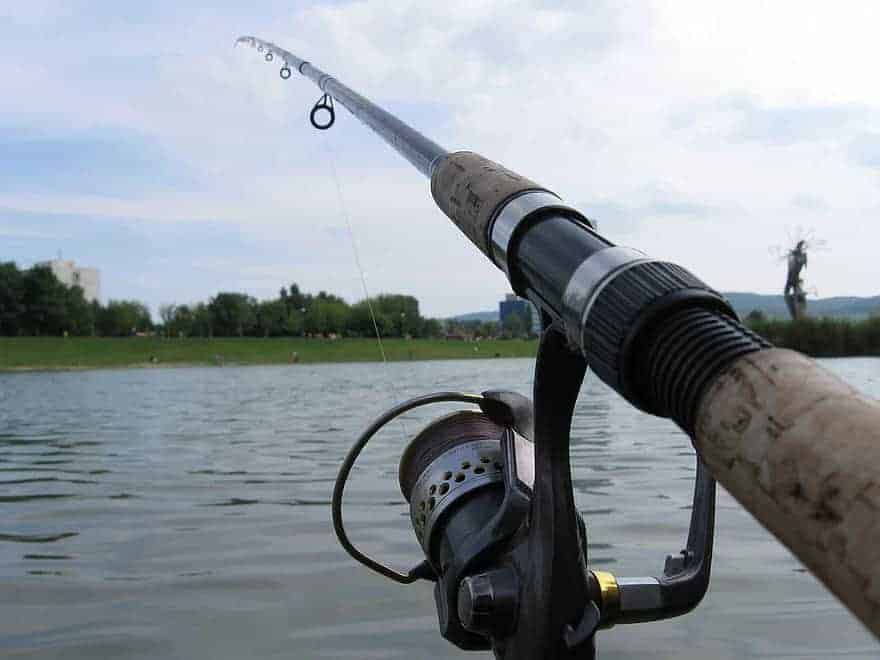
As a beginner, however, it’s advisable to use a spinning rod and reel combo. There are several good reasons for that:
- The rod and reel combo means that they are sold together and therefore much easier to set up
- They can throw lighter lures further, which means you can get away with not being an absolute casting master at the start
- Spinning rod and reel combo make it easier for you to skip lures under low hanging bushes, piers, dock and so on
- Most reels offer a swappable reel handle, which makes it easier for both left and right-handed people to get fishing without necessarily buying fishing rods for their specific orientation
- Allows you to easily adjust your drag when fighting the fish
Here is a video introducing you to the spinning rod and reel combo; showing you the basic parts and giving you an idea of how to cast using this rod:
Step 3: Your Tackle and Lures
These will be the next items on the list. Like reels and rods, there are thousands of bait and lures in the market today, and most of them are designed to attract a specific type of fish in specific fishing conditions. Again, you don’t need to know all of these in one go.
That being said, you do need to know the basics. As a beginner, you might want to go with live bait, such as worms, for a start. If worms are too slimy for you, you might want to consider PowerBait, a scented material that can be formed around your hook.
Once you have given live bait a few tries and are more comfortable with them, you might want to consider lures designed to look like smaller bait fish and do a very good job of attracting the fish’s attention. You will also need:
- Bobbers – small balls that float on the water and sink as soon as any fish hits your lure, thus alerting you that you have a fish on the line
- A net – preferably a rubber net (easier on the fish’s skin) for hauling the fish out of the water once you have reeled it in
- Needle-nose pliers – this is what you use to retrieve your hook and lures from the inside of your hooked fish’s mouth
- Tackle Box – this is where you will keep all these fishing paraphernalia organized
You need to realize that the first tackle box you buy probably won’t be your last, and neither will the rods, the reels, the lures, or even the hooks. Fishing is very much like any other outdoor pursuit; the more experience you gain, the better and more specialized your equipment will become.
This is to say that you shouldn’t stress too much about these first purchases, they are meant to get you underway, and at some point, you will upgrade them as you become more specialized as an angler.
Step 4: Casting and Catching Your First Fish
Your first fishing experience can be either as simple or as complicated as you want it to be. You could very well try to catch fish while standing on a riverbank or the shores of a calm lake, or you could go all out and head out miles offshore and try to land big fish like tuna. It’s advisable to try casting from a river’s shores or a calm lake first to familiarize yourself with the equipment and the process.
Casting
This is a skill that every angler needs to master for one very simple reason – it allows you to throw your bait or lure as close as possible to where the fish are located. One of the main reasons why it’s advisable to get a spinning reel as a beginner is that casting it is as intuitive as winding up and flinging the lure. Here are the simple steps:
- Start by allowing about 6 inches of line at the end of your rod
- Keep the reel below your dominant hand
- There is a bail on your spinning reel which keeps your line in place; you need to flip this bail as you hold the line with your finger
- Slowly bring the rod tip up and a little behind you
- Using your wrist and elbow, cast the rod forward, propelling the lure in the air towards your targeted fish
- As soon as your lure hits the water, flip the bail back and start reeling to attract fish
Here is a video giving you a quick tutorial on how to cast a spinning reel as a beginner:
Hooking the Fish
When it comes to hooking a fish, there are two main things you want to avoid:
- The fish spitting out the lure
- Your line breaking and setting the fish free
Granted, any one of these two things could very well happen even to the most experienced of anglers. There are, however, some tips that can help lower the probability of this happening.
- Properly set the hook – this takes skill. It means striving to set it just at the right time and with the right amount of pressure. You can do this by keeping an eye on the bobber; once it sinks or even jerks, quickly point your rod tip up and pull it back with a little bit of pressure. This will keep the lure in the fish’s mouth without actually ripping through any of the lip. It’s all about timing here. If you get it right, you will firmly set the hook in the fish’s lip instead of deeper in the mouth.
- Keep your rod tip up – once you have set the hook properly, it’s all about “playing” with the fish while keeping your rod tip up. The idea here is to let the fish swim around and fight as much as it can while still hooked to your line so that it tires itself out. Once it’s tired enough, you can crank it in and scoop it up with your rubber net.
You might be wondering, “why do I need to do all this if I already have the hook set properly?” The truth is that most fish are stronger than you might assume. If you try to crank it in as soon as you have it hooked, the power with which it will fight can very easily break the line. By letting it tire itself out as you keep it on the line, you will have the upper hand when it comes to reeling it in.
- Pro Tips: Always make sure that your line is taut (“keep your slack in”), get to know your reel’s specific drag system. You will find that different rods and reels have different drag system. If you are angling for smaller fish, you will be happier with a rod and reel that offers less drag, while the opposite is true if you are going after bigger fish.
Step 5: Landing Your Fish
If you have done everything correctly so far, then you have successfully set the hook, played a bit with your fish, meaning that it’s now quite tired and closer to the shore. From now on, all you have to do is make sure that the line is taut as you reel it in – there is where the rubber net comes into play.
Once the fish is about an arm’s length away from you, you could very well reach out and grab it, although that isn’t advisable; fish tend to be quite slippery and a little scaly. By using your rubber net to scoop it up from the water and put on the shore, you will be landing it more humanely.
If you intend to catch and release, be sure to avoid keeping it out of the water any longer than you can hold your own breath.
What Else You Need to Know About How to Fish
There are many other useful skills you need to learn and master. Here are some useful skills that will come in handy:
Tying Knots
You will need to learn how to tie a bunch of knots (one at a time). Here is a video giving you a tutorial on how to tie three of the best fishing knots for beginners:
Fishing Etiquette
While you will learn most of this on the job, it’s important to have the most basic of them in mind. You need to be respectful of other anglers (learn to give them room if you are on crowded waters). You also need to respect the environment in which you fish as well as the fish you catch.
How to Find Fish
The simplest approach is using a fish finder. You could also ask your local fisheries officer where the best fishing holes for the season are located.
Learning how to fish takes time, but it’s definitely worth the effort. The tips shared here should get you started on the right foot.
Categories: Fishing
